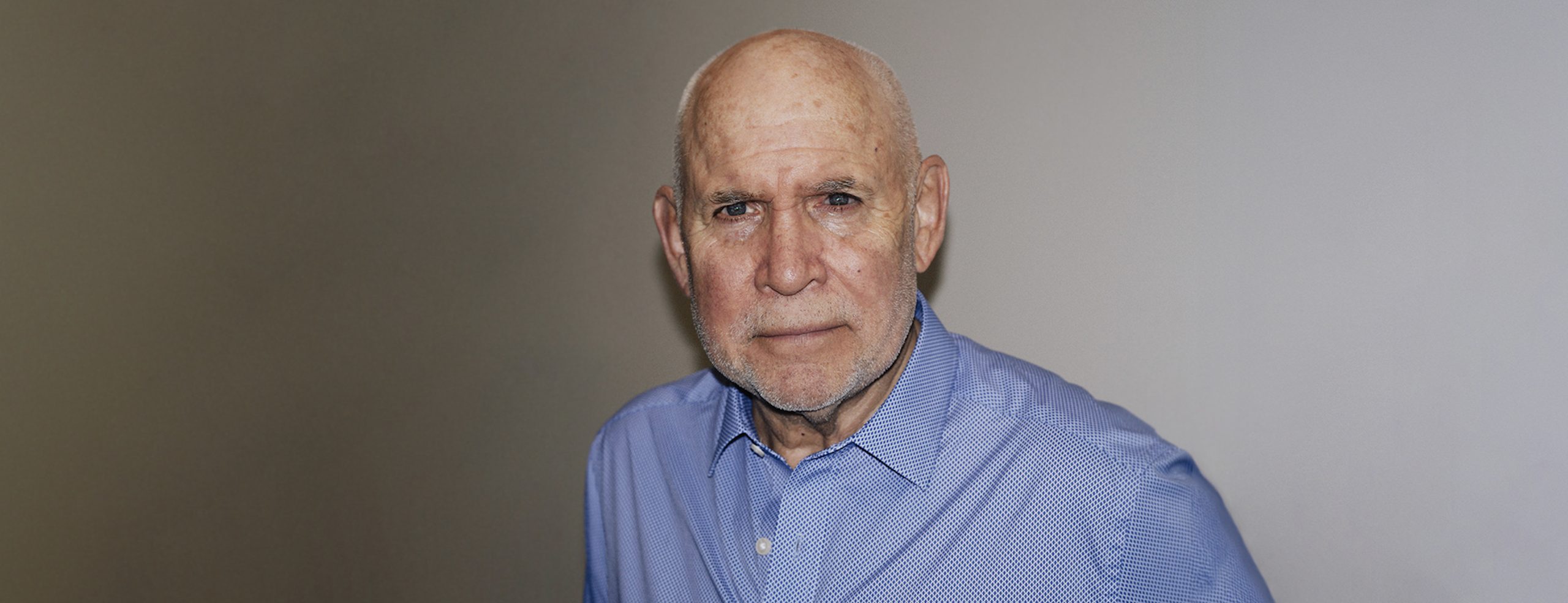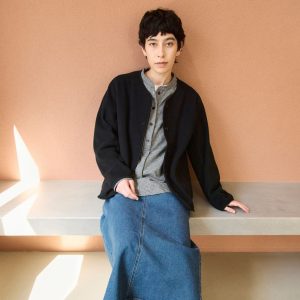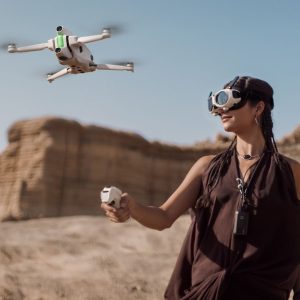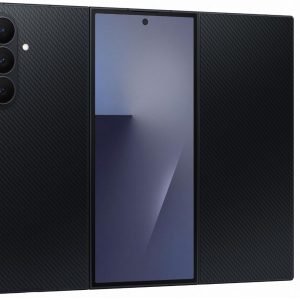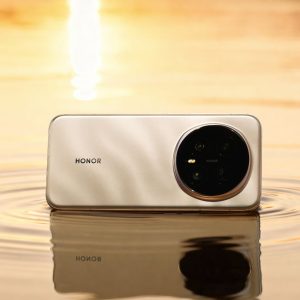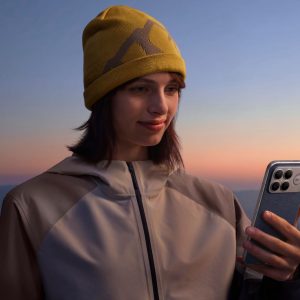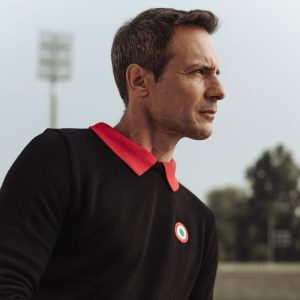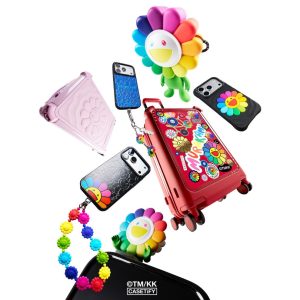By Adele Chan
Stepping into the vibrant and often poignant world of American photographer, Steve McCurry is far more than just pictures and exhibitions of them; he’s a storyteller and documenter of places, people and situations. And with much of his work, it’s true what they say — a picture is worth a thousand words.
His most iconic photo is the portrait of the “Afghan Girl” that graced the cover of National Geographic magazine in June 1985. He took it in December 1984 near Peshawar, Pakistan, during the Soviet-Afghan War, and this image has been famously named, “the most recognised photograph” in the history of the magazine that published it.
I had the privilege of meeting with him in Wetzlar during Leica’s 100th Anniversary event celebrations in June, and we spoke about his extraordinary craft of photography, the gear he uses, and what’s he up to now.
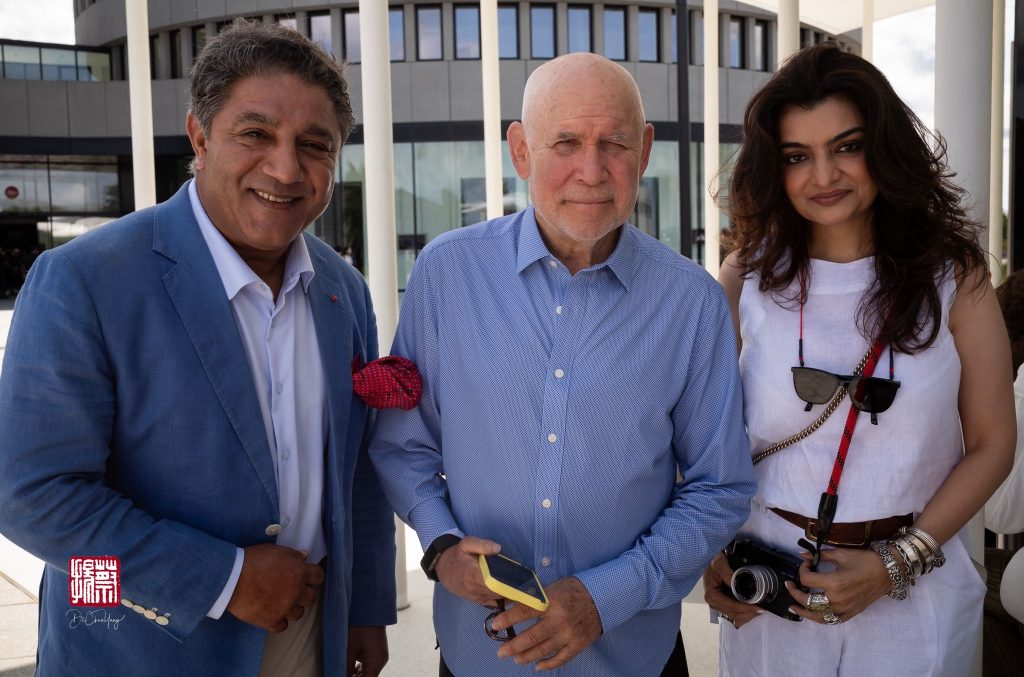
Adele: How did you get into photography?
Steve: I was always interested in art. Then when I was 12, I saw a Life magazine with a story about the monsoon — the Indian monsoon — and I was intrigued. I thought that that’s incredible. I’d love to see that myself, and I’d like to go to India. It seemed like a really fun place. And then when I was 19, I went to live in Europe for a year and I was kind of just travelling. After that year in Europe, I thought to myself, whatever I do in my life, I want to travel. So I went back to school, and I’m was kind of searching for something to do. And then I thought, well, filmmaking would be a good way to achieve this. So I started studying filmmaking. And in the process of studying filmmaking, I rediscovered photography and decided that it was a way that I could travel, create some art, and hopefully make a living. Following which, I worked in a newspaper and then saved my money, went to India, and spent two years there.
So that was the beginning, but I thought that I wanted to have a life of travel and creativity. And so it was that kind of the journey, and Asia was first on my list, although I had travelled in Africa, Europe and Central America.
The trip to Asia, as I previously said, was two years; and then the two years turned into five, and then 10, and wow… I kept going back. I was everywhere in Asia; I went to every country, with the exception of, I would say, Brunei. I just was very attracted to that part of the world. And here we are.
Adele: How does someone make a living out of photography, especially in the beginning of their career?
Steve: Well, that’s a really difficult question, and I’m not sure how much of this you want to include, because it’s the raw truth, the naked truth; the ugly truth is that it takes a lot of work, and a lot of people aren’t prepared for that, or don’t want to do it, and that’s okay. I mean, actually, it might be better to have a comfortable life, work nine-to-five, go home and relax. That’s very attractive, because that’s more predictable. Whereas photography, not only are you working all the time, there’s no guarantees about anything, and even if you work really hard, still, there’s no guarantee. So it’s really scary in a way.
And I’m not sure if this is true, but I think maybe it’s even more difficult now than it was when I started. But it was never easy.
For me, I was willing to work as hard as I needed to, and to get to where I wanted to go. And so there’s a lot of sacrifice and struggle; there’s pain and disappointment and rejection, but I just was willing. I just wanted to push ahead with persistence, and if you Google persistence, there’s a quote that sums up everything you want to know about photography.
“Nothing in this world can take the place of persistence. Talent will not; nothing is more common than unsuccessful men with talent. Genius will not; unrewarded genius is almost a proverb. Education will not; the world is full of educated derelicts. Persistence and determination alone are omnipotent.”
— Calvin Coolidge
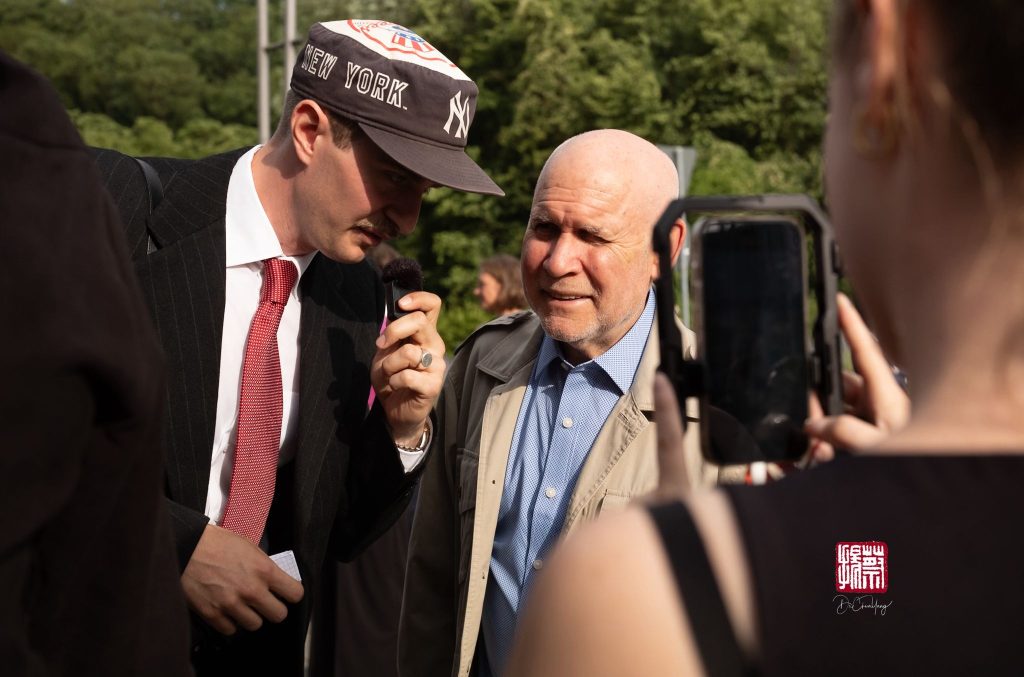
Adele: What have you been up to lately?
Steve: Right now, I’m working on a couple of books. I’m actually in the process of working with the design, the layout and all that, but I’m also adding to those books; as in I’m continuing to produce more pictures for the books. There are also some exhibitions that I’m working on
[NYLON: The Leica Galleries in Melbourne and Sydney are presenting McCurry’s work through the end of October 2025. Discover more at this link.]
Steve: The most important project I have is my eight-year-old daughter. That’s a serious project; yes project, time and all that effort. But as far as the work goes, I would say, the exhibitions, the books, and some workshops I do. I this year I will have done like seven; one in Myanmar, two in Italy, two in Tokyo, and two in Australia.
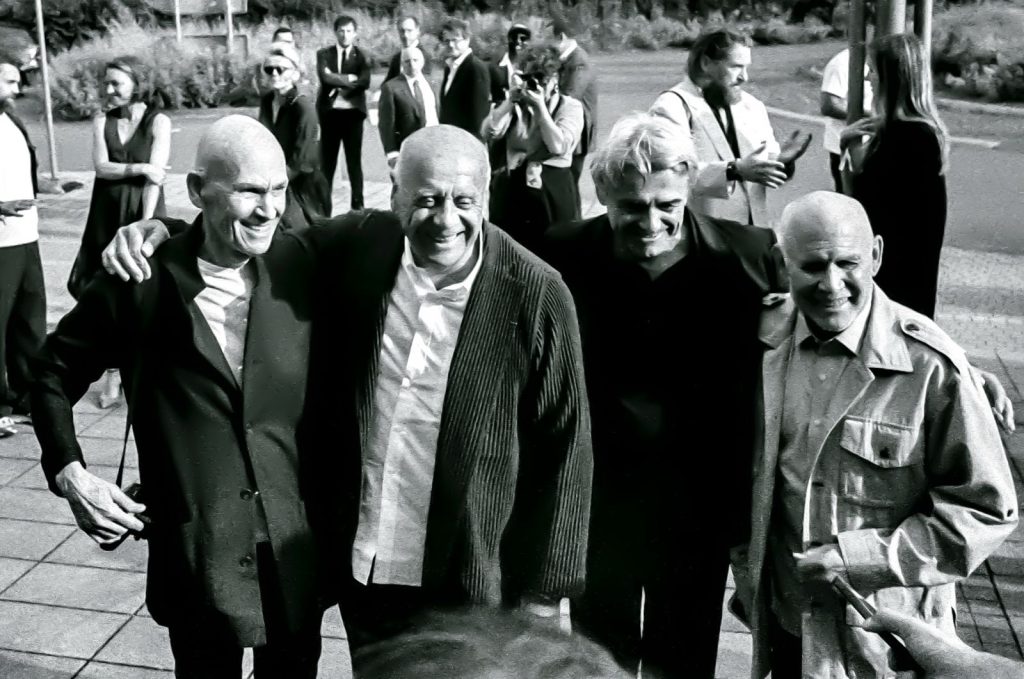
Adele: Do you have any places or activities on your bucket list?
Steve: There are a couple of countries where I always wanted to visit. I always wanted to go to Iran, but now, that’s a problem. I’ve worked in most countries; if you drew a line from Vietnam to Portugal, I’ve worked in all those countries, just not Iran. I’ve been trying to go to Iran for a long time, but that’s okay. If it happens, it happens. I worked in Pakistan and Afghanistan and Turkey… and then I thought North Korea would be an interesting place. I’ve never been there, but that’s also difficult for obvious reasons.
Adele: Do you feel like your style of storytelling has evolved?
Steve: Well, I’m not trying to work on a particular style or signature look. I think that you just go out and observe the world in your own way. I don’t know that my storytelling has changed. Well, I hope I see better. I hope I can identify light and composition better, and I would hope that I can relate better with people. But I think that if I’m walking down the street or driving on the road, I’m just relying on my curiosity and sense of observation for what I see and what I feel is interesting. I think with experience, we’ve seen so many pictures of so many things that the bar keeps getting raised higher and higher. Not that I’ve seen everything, but I’ve seen a lot, and I’ve seen other photographers’ work. So I keep thinking, well, I don’t want to do that thing, because it’s been photographed better.
Adele: Finally, let’s talk about the Leica gear that you famously use.
Steve: I’m using the Leica SL3 and I have one lens — it’s a 24 to 90. So I use that lens for… I would say 98% of all my work. Wow… I should get other lenses. I think I have a 15 or 16 to 35, and I have a 100 to 400 but they’re kind of specialty lenses, for certain things. And when you need it, well then, it’s great to have it. You don’t need it all the time, but when the situation calls for it.
When I was shooting film, most of my work was with prime lenses; but I haven’t used a prime lens in years and years. The quality of the Zooms now are better than they were years ago, for sure. Maybe the prime lenses are slightly sharper than my Zoom, but the lenses are so good, I don’t care.
Adele: Is there a particular focal distance you use when you’re shooting portraits?
Steve: Probably 90. It depends on the situation right? If it’s sort of an environmental portrait, then it probably doesn’t matter, because I could even shoot potentially at a 24. You have to be careful of the distortion and all that with the wide angle, but if you’re back far enough, then 24 could be a great solution. But I would say, if I’m working in much closer, I’d probably go to a 90 maximum. I would love to go to 135 — that’d be great, but that would be heavy.
In the old days when I was on the street, I had two cameras, and I had a lot of film. I’d probably even have a third lens, but now, one camera, a couple batteries, cards, done. I also used to wear that photo vest with film and that was weighing me down; but now it’s just kind of minimal… streamlined.
The main point really is that if you’re out for a session in the morning, and then you’re out for another session in the afternoon, say, from three to dark, you need to be agile and comfortable, and you still need to have a high energy level, absolutely. And if you have a lot of stuff, you start to slow down and it’s tiring. If you’re light and agile, just pair your shoes, and boom… you can work right until the end of the day. Fantastic.
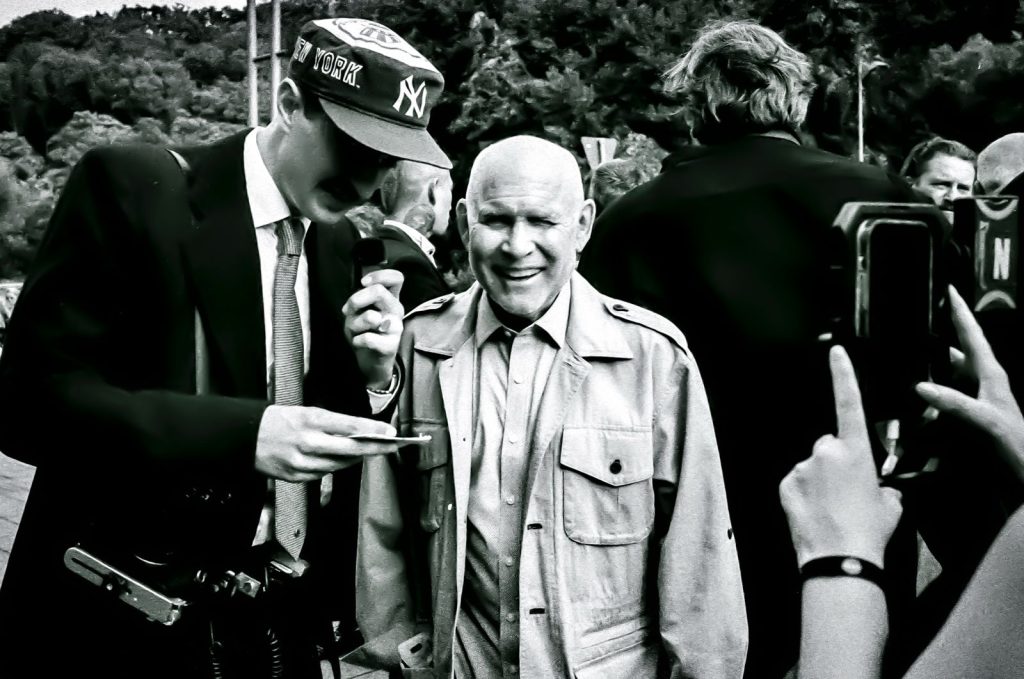
Discover more about Steve McCurry and his work on his official website at stevemccurry.com, and follow him on Instagram @stevemccurryofficial. Check out Leica cameras and lenses at leica-store.sg.
Portrait photo of Steve McCurry taken by Adele Chan.

